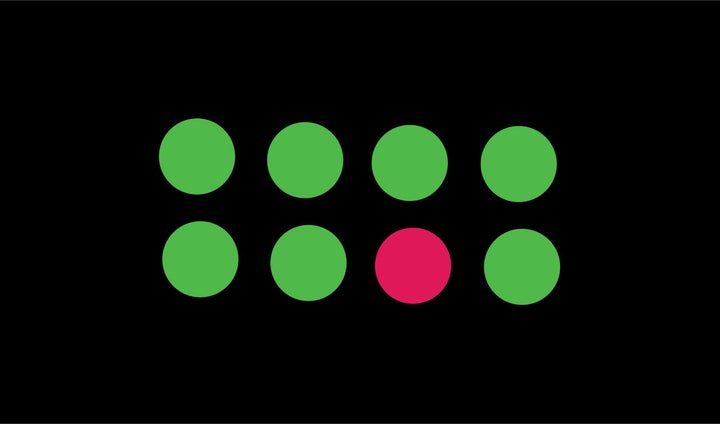
Visualizing the benefit of uniqueness
Effective marketing starts with the right brand architecture. Successful branding, in turn, starts with identifying the unfilled needs of your target audience. Once you really understand these needs, you are ready to create company and product brand images to fill them better than competitors. To do this, marketers develop accelerated pathways into buyer brains.
Creating shortcuts
In constructing the most efficient pathways, marketers create branding tools such as names, logos, slogans, jingles, and mascots. They use these tools to do non-invasive brain surgery – creating shortcuts to purchase in the minds of prospective buyers. If successful, brand architects construct portals where promotional messages (1) travel much quicker, (2) produce buying actions, and (3) form buying habits.
Recognizing the difficulties
While you may think this is easy to do, it's not. Why? There are many reasons. The important ones are:
- Designed to forget. The human brain is complex and designed to forget most things,
- Overwhelmed. Buyers are bombarded with roughly 20,000 ad messages a week,
- Brain filters. To manage the clutter, people have a network of filters in their brains that screen out most of these messages.
It is in this environment that brand marketers have to operate. Those that anticipate the difficulties are the ones that are likely to more successfully penetrate the obstacles.
Getting buyers to tune into your brand and tune out your competitors
If you do branding effectively, buyers will "tune in" to your messages and "tune out" those from your competitors. Creating the proper branding tools, you will be taking shortcuts through portals while your competitors will have brain filter obstacles in 600 miles of 100 billion grey matter neurons to traverse. After you take these shortcuts, your effective branding tools will help to save buyers considerable time and money. They will reward you by preferring your brand and making it a habit that will be hard for your competitors to break.
Traversing the portal
Now that we know the objective, how do we do it? The process below is conceptually easy. The proper brand architecture and execution, however, require the marketing skill equivalent of a good brain surgeon.
Identify the lock. To find the portal, you need to find buyer needs that are not being properly filled. This will enable you to properly identify the target audience. I call this audience "the lock" - using a "lock and key" metaphor.
Create the key. The easiest way to penetrate the lock is to create a unique "do not duplicate" key that will open a high-speed pathway into the brains of your target buyers. In layman's terms, what is the key? It is the image of the product that fits the lock (fills the need) much better than your competitors.
Benefits of a do not duplicate key
A "do not duplicate" key satisfies an important need and is unique. The uniqueness aspect of the key does many valuable things.
- Attention. Attracts the buyer’s attention
- Speed. Gets in the buyer’s brain quicker
- Recall. Is better remembered
- Favoring yours. Gives the buyer good reasons to buy your product
- Less competition. Limits the competition – enabling you to develop better products, charge higher prices, and make more money.
Creating the proper branding tools
As discussed above, to craft the right key, you have to develop effective branding tools. The big three are name, logo, and slogan. These are symbols that help buyers feel comfortable buying your brand. If done properly, they also give your target audience unique benefits that they can only receive from your products. Quite often, the big three are not enough. It helps to employ other branding tools. These include colors, type fonts, jingles, and mascots. All of these tools taken together help you find and traverse the portals in buyer brains. The quicker you get there and the more unique the key you create, the more likely they'll remember your products and exclude your competitors when it is time to buy.
Communicating
Once you have the right key, you use it in your promotional vehicles. You communicate your key to your lock using traditional and online media such as business cards, letterhead, ads, brochures, Web sites, videos, social media, etc. The more effective your communications, the greater your sales and profits.
Closing the loop by creating a feedback system
After you communicate, it is important to measure how well your branding and communications are working so you can take the appropriate corrective action. It is likely you will have to fine-tune things based on the feedback you receive. The universe is dynamic and constantly changing. The pathway you found may disappear, and you might have to find others. Or, you may discover even quicker ways into buyer brains. As you develop better tools, you are able to see more details and make better adjustments to your keys and communications. As with science, effective branding requires 24/7 vigilance. Expecting to find new things and change course is what makes it all the more interesting. Best of luck on your journey, and hope you find and create the best shortcuts.
